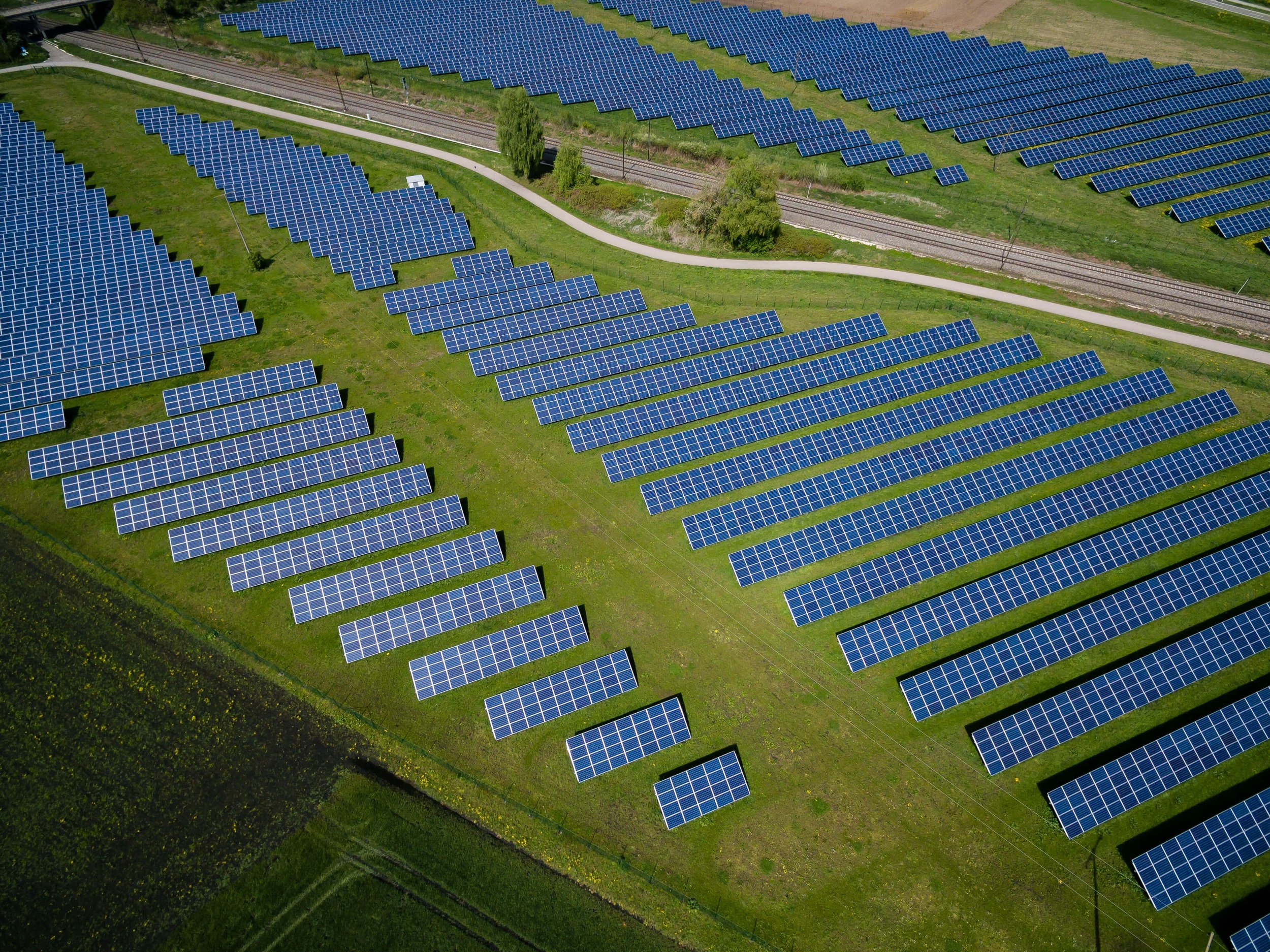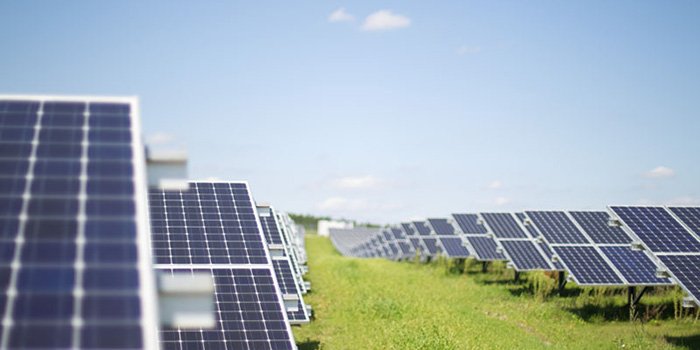Blog by: Daniel Martell
The transition to renewable energy is a priority for federal, state, and local governments that have enacted programs incentivizing individuals and developers to invest in clean energy installations.[i] However, these projects are often more easily planned than completed. This is the case with many solar farm projects which run into trouble, even after obtaining the land and materials, when local residents mount fierce opposition to the installation of solar farms in their communities.[ii]
The term “solar farm” generally denotes projects that are “community sized” rather than panel arrays installed on an individual’s home.[iii] These projects often cover large swaths of land with solar panels and feed the produced energy into the electric grid for sale to customers.[iv] This can be a lucrative business for developers contributing to the explosion of solar farms across the country.[v] With this explosion, however, solar farms are moving from more traditional solar areas, like the deserts of Southern California into regions with more residential and agricultural uses.[vi]
Solar farms in remote and non-arable regions faced little criticism, however, projects in these new regions have not been so lucky.[vii] Many developers faced opposition to the building of solar farms.[viii] These opposition groups rely on a variety of talking points: some valid, others not. Legitimate concerns over the loss of useable farmland, issues with water run-off, and the effect of the unsightly arrays on surrounding property values have all been cited by opponents to solar projects.[ix] Also present in these groups, however, are claims with no factual basis, including conspiracy theories linking the panels to radioactive waste.[x]
Regardless of the reasons for the opposition, these anti-solar groups create a real risk that public opposition could derail and delay a solar project. Citizen groups pressured zoning or permitting boards to prevent specific developments or local governments from enacting local bans on solar projects.[xi] In many cases, solar project developers found themselves leaving equipment on standby and holding paid-for leases that cannot be acted upon at significant cost because of solar opponent’s efforts.[xii] For this reason, developers and governments wishing to encourage solar projects must factor public opposition into the cost of a project.
Clearly, the jurisdiction of the project is an essential preliminary consideration both for the potential for opposition and for the governing procedure that may empower, or weaken opposition groups. For example, some states enacted statutes that compel local government entities to approve certain clean energy projects or transfer the power to approve projects to the state level.[xiii] These statutes provide some comfort to developers that local opposition would not overly delay a project.
However, states that enacted these statutes are in the minority.[xiv] In most states, developers must weigh their options for dealing with opposition and should do so proactively. One option that more developers could use is to work with local companies and utility providers that are trusted in the area. By showing the public that developers’ intentions are to bring, not destroy, jobs and that the power will be provided through the same grid already in place, some opposition might be prevented. Another mechanism is a simple educational campaign waged before the project is underway. By highlighting the realities of the project, the facts underlying solar development, and the specific benefits of the projects, the power of later misinformation could be diminished, and community sentiment could better be gauged at an earlier point in the development process.
The expansion of solar farms seems a certainty.[xv] In the current political climate, opposition to solar will accompany the expansion. However, with planning and proactive efforts, the cost of public opposition to projects can be mitigated by solar developers.
[i] Renewable energy explained: incentives, U.S. Energy Info. Admin., https://www.eia.gov/energyexplained/renewable-sources/incentives.php [https://perma.cc/Z9SR-GZ2B].
[ii] Nichola Groom, U.S. solar expansion stalled by rural land-use protests, Reuters (April 7, 2022, 7:45 AM)
https://www.reuters.com/world/us/us-solar-expansion-stalled-by-rural-land-use-protests-2022-04-07/ [https://perma.cc/JX3R-V8GQ].
[iii] Id.
[iv] Id.
[v] Id.
[vi] Id.
[vii] Id.
[viii] Miranda Green, An activist group is spreading misinformation to stop solar projects in rural America, NPR (February 18, 2023, 8:41 AM). https://www.npr.org/2023/02/18/1154867064/solar-power-misinformation-activists-rural-america[https://perma.cc/2B9N-P3KB].
[ix] Peggy Clerk Hall, Two more large-scale solar projects in Ohio turned down due to community opposition, Farm Office of Ohio State University Extension (Jan. 20, 2023),
https://farmoffice.osu.edu/blog/fri-01202023-403pm/two-more-large-scale-solar-projects-ohio-turned-down-due-community [https://perma.cc/3F58-RKKX].
[x]Green, supra note viii.
[xi] Id.
[xii] Brady Williams, Grandview sued by solar company over building permits, 14 news (October 16, 2023, 7:25 AM) https://www.14news.com/2023/10/16/spencer-co-residents-voice-concerns-over-next-steps-solar-farm-project/ [https://perma.cc/FQ8U-DJSU].
[xiii] Jim Meadows, Some Midwest states look to counter local opposition to wind and solar farm projects, NPR (March 14, 2024, 7:06 PM)
https://www.npr.org/2024/03/14/1238704568/some-midwest-states-look-to-counter-local-opposition-to-wind-and-solar-farm-proj [https://perma.cc/R3Q2-GLSZ].
[xiv] Id.
[xv] Solar Industry Research Data, Solar Energy Indus. Ass’n, https://www.seia.org/solar-industry-research-data (last viewed May 1, 2024) [https://perma.cc/WPP8-YDNK].



